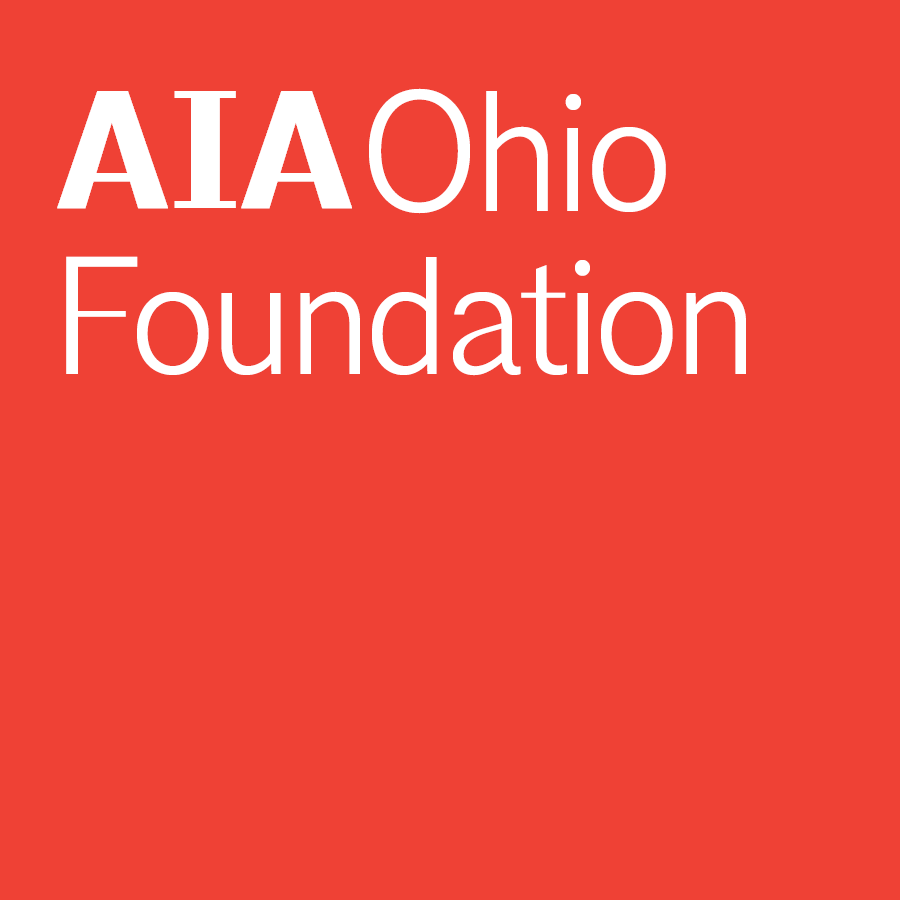
Bruce Sekanick, FAIA, President of the AIA Ohio Foundation Board of Trustees
Yep. The “S” Word. There are a lot of things going through a lot of people’s minds right now, and most probably couldn’t be written in this article. But, just so we don’t go down the wrong path early, the “S” word we are referring to is “scholarship”. This is, after all, an article on the AIA Ohio Foundation. But while we talk about scholarships and the need for more scholarships, and the value of scholarships, we never really talk about the impact of scholarships. Like many other things in life, it is all about your perspective.
The AIA Ohio Foundation has been providing scholarships to students in Ohio’s accredited architecture programs for a long time. Longer than just about any of us can remember. And scholarships remain a key element of our mission. The question that we need to consider, as an organization, is: What difference does it make? The question is not intended to be negative in any way, but rather, we need to intentionally focus on the scholarship program and ask ourselves questions about its impact. Do the scholarships go to the right students? Does the amount provided make a difference considering the impact of inflation and increasing tuition costs? Is there a better way to impact more students beyond what a single scholarship at each school might provide? What amount is too much? Should scholarships extend beyond just one year? As you can imagine, there are literally dozens of additional questions that we can ask ourselves as we look to evaluate the impact of scholarships. The same questions can be asked of the other programs we offer. Are our efforts targeted at the most impactful programs?
The Board of Trustees will be evaluating our programs as we try to better understand the impact of the programs we provide, and how we, as the AIA Ohio Foundation, can better impact the profession. We all know that a need exists, and we all want to fill that need. The question is, how can we do that best? We all know students that might not, or will not, get through school because of the costs associated with education. Most of us also know those students who have made it through school, only to be burdened with repayment of student loans through at least most of the early part of their careers. Neither of these two outcomes is ideal for the health of the profession.
The Foundation’s self-evaluation will focus on what we can do best and how that best will have the biggest impact on the largest number of students, firms, and practitioners. In the medical drama “New Amsterdam”, the first episode started with the question “How can I help?” That is the question the Foundation will ask ourselves as we try to focus our efforts and energies on developing our programming to best meet the needs of today’s profession.
